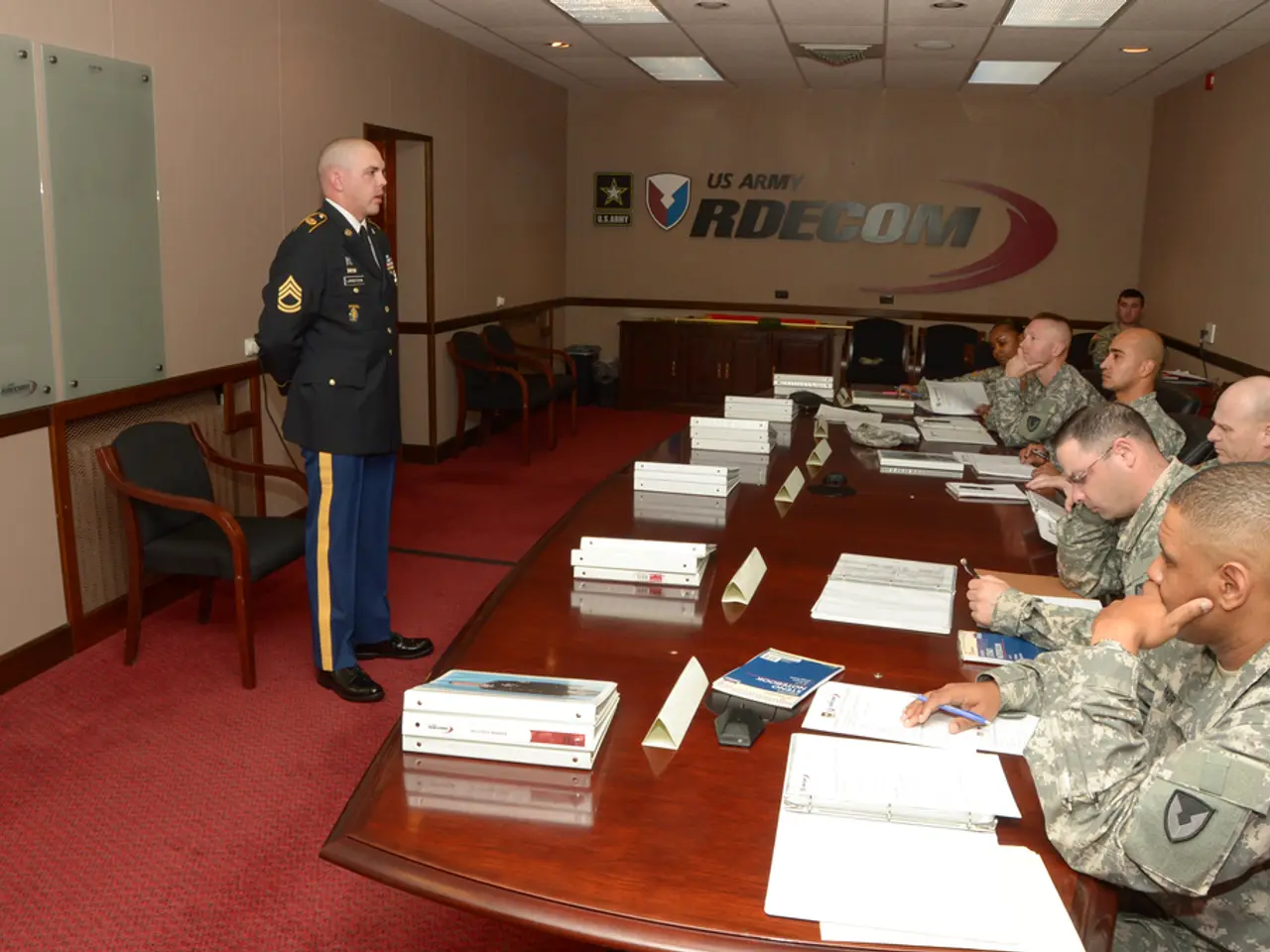Personnel Acquisition and Employment Procurement
Navigating the process of initiating short-term staff or student exceptions can vary depending on your institution's specific human resources policies. Here's a general framework to help you understand the typical steps involved.
**Initiating Short-Term Staff or Student Exceptions**
1. Identify the Need: Clearly define the temporary staffing need, such as due to recruiting, vacancy, vacation, medical leave, or special projects. 2. Obtain Approval: Secure necessary departmental or executive approvals. In some cases, new or temporary positions may require review by a committee before proceeding. 3. Submit a Request: Use institutional online systems or official forms to submit a temporary staffing request. 4. Documentation: Attach all required documentation, such as justification forms, approvals, and any other supporting materials. Some institutions may require committee approval emails or department head sign-offs. 5. Orientation: Ensure the temporary employee attends required orientation sessions within the first 30 days of assignment.
**Types of Temporary Appointments**
There are several types of temporary appointments, each with its own characteristics and requirements. Here are the most common:
- Contract (Fixed-Term): Appointments for a specific, predefined period, often for projects or coverage needs. - Partial-Year Career: Full-time or part-time positions active only during a portion of the year, aligning with the academic calendar or project cycle. - Casual/Adjunct: As-needed, hourly positions with no expectation of ongoing employment. - Part-Time Temporary: Regular part-time work, not full-time. - Full-Time Temporary: Regular full-time work for a limited period. - Student Appointments: Positions for enrolled students, often hourly and non-exempt.
**Conditions for Short-Term Exceptions**
- Maximum Duration: Most institutions cap the length of full-time temporary appointments, often at 3 years, with possible extension to 5 years by exception. - Hour Limits: Casual/adjunct appointments often have annual hour maximums, typically 200 hours. - Approval Chains: Temporary or exception appointments beyond standard durations or conditions require written justification and higher-level approval. - No Expectation of Permanent Employment: Temporary appointments are explicitly non-career and do not imply a promise of ongoing employment.
**Required Documentation**
- Position Justification: A form or memo explaining the need for the temporary or exception appointment, including project details or coverage rationale. - Approvals: Written or electronic approval from relevant parties, such as department head, committee, finance, HR, or executive. - Appointment Letter: A formal letter specifying the type, duration, and conditions of the appointment. - Orientation Confirmation: Proof that the temporary employee has completed required onboarding. - Exception Request: For appointments exceeding standard limits, a formal exception request with supporting documentation is typically required.
For more detailed information on partial-year career positions, staff volunteer appointments, and appointment duration limits, please refer to the provided PDFs. Always consult your institution’s specific policy for precise procedures and forms.
In the world of finance, institutions might have unique policies for handling short-term staff or student exceptions in their business operations, and these policies can influence the hiring process. When determining the appropriate type of temporary appointment for a particular situation, it's essential to consider the specific requirements, such as full-time or part-time positions, fixed-term contracts, or student appointments, as each comes with its own set of conditions and expectations. Career advancement opportunities can also be found in these temporary appointments, as they provide chances to acquire valuable skills and demonstrate one's capabilities.




